All you need to know about arthritis - its causes, signs, varieties and diagnostic methods - will help discover disease in the early stages. And efficient treatment methods will allow you to get rid of these diseases. Arthrosis is characteristic of people older than 40 years. However, impartial statistics showed in the last decade of tendencies with rejuvenated men and women aged 30-35 have begun to suffer.
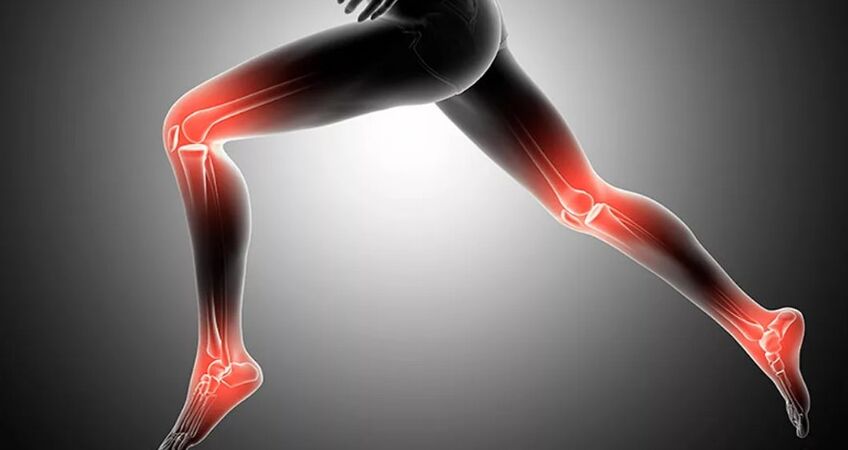
What is arthrosis?
Arthrosis is a chronic articulated disease accompanied by pathological changes in the hyalian cartilage, and then in neighboring tissues, a common capsule and sinovial shell. The defeat is dystrophic and degenerative in nature, which leads to a change in the structure of art tissues, loss of their functionality. In accordance with the data of the same statistics, the arthrosis is subject to 12% of the total planet population. From 62% to 65% of all episodes of the disease fall into humans over 60 years of age. Another 30-35% of cases of joint damage on this pathology are in patients aged 40-60 years. And about 3% are young years 20-40 years.
The danger of joint disease is manifested by the fact that it is practically not completely cured. Although during diagnosing pathology at an early stage of advancement, it helps to preserve joint functionality.
The most commonly diagnosed cases of arthrosis lesion in such joints:
- Carpal joints;
- Grlić and lumbar spinal;
- knee joint;
- Hip joint;
- shoulder blend;
- Ankle joint;
- Metatarsophalanguage wrist.
The disease is more characteristic of the women's population - representatives of the women's half of the population suffer more frequent than this pathology in the older age. Arthrosis of connecting compounds occurs in women 10 times more often than in a male population.

Probably the consequences of arthrosis
With timely treatment, the disease is manifested by lower development intensity and, as a result, stopping degenerative and dystrophic changes. This means that your timely surgical or therapeutic intervention allows you to maintain joint functionality, normal walking and eliminating pain.
At the same time, the treatment of treatment leads to frequent and stable pain, chromosity, wrist swelling. Progressive pathological changes in the tissues take the wrist of their usual functionality. In a short time, in the absence of the competent treatment, Arthrosis flows quickly into a chronic form. Such consequences give the need for constant medical observation and regular treatment of disease during the exacerbation period.
To avoid the consequences and complications with the first doubts of their development, you should contact medical experts. In the early stages of advancing treatment of joint arthrosis, rheumatologist deals with treatment. In chronic form, the treatment of this pathology is performed by an orthopedic traumatologist.
Types of arthrosis
This joint pathology has several shapes and varieties that differ in such criteria:
- Causes (primary and secondary form);
- Arthrosis phases (three phases of advancement are classified);
- Localization of pathology (place manifestation of diseases and type of compound);
- Localization form (generalized and local form);
- The course of the disease (acute or chronic).
At the point of manifestation of symptoms, hook, knees, cystic, elbow, shoulders, ankle, cervix, arthrosis.
According to the etiological signs, the pathology of the primary nature are classified, they develop within themselves without prerequisites and secondary diseases. In the latter case, the damage to the wrist is due to the development of infectious diseases in neighboring tissues, mechanical disorders, the loss of physiological functionality in common, as well as the result of progressive inflammatory process, hypothermia, injuries or other factors.
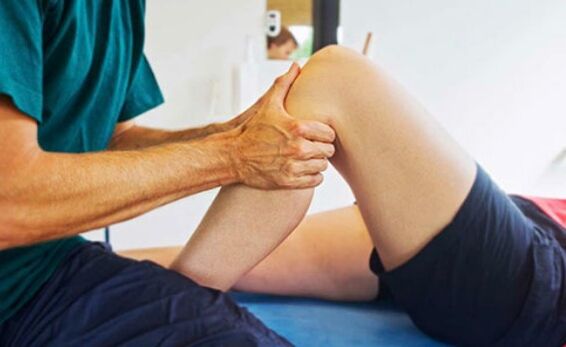
The classification in the form of localization includes local and generalized damage to the joints. In the first case, the disease and its symptoms cover a small part of the wrist or its individual tissues and components. With a generalized form, several joints were affected or one of them with full coverage of all common tissues.
Different intensity degree is manifested in different stages of the disease. At the same time, symptoms and complications can be expressed lighter, more or less dynamically leaking the process of destroying fabric and damaged common functionality.
Depending on the course of arthrosis, they differ:
- Acute form;
- Chronic shape.
Acute form is usually manifested by increased intensity of symptom development and their weight. Pain sensations are more powerful, and morphological changes in the tissues act dynamically. In chronic form, the course of the disease is slowly manifested with separate signs in exacerbation periods and are practically not subject to healing.
Disease degree
During the disease, the drug differs three phases that have differences in the signs of disease, the intensity of harm and localization. At the same time, distinguishing in all three phases refer to the types of fabrics that suffer pathological changes.
- The first degree of development of the joint arthrosis is the initial phase of the disease. It is characterized by a light lesion of cartilage tissue and loss of physiological functions in collagen fiber. At the same time, in the first phase, lower morphological disorders of tissue and structural changes in the synovial fluid are observed. The skating rink is covered with cracks, the patient has slight pain in the location of the pathology.
- The second degree is the development of arthrosis with increasing dynamics. This phase is characterized by the appearance of stable pain, chrome. Significant morphological and distrophy cards of cartilage were recorded, during the diagnosis, bones growth are revealed. Oosteophytes are formed - the growth of bones that are visible during the visual examination of the destruction site. At the same time, the processes of degenerative changes in the synovial capsule occur, which leads to its structural exhaustion. The disease at this stage can often worsen and be regular. Pain gradually becomes constant.
- The third degree is active progress. At this stage, Sinovijska fluid is almost completely absent because of its degeneration, and bone tissue suddenly abruptly. Joint mobility is almost completely absent, the pain becomes tangible. Kijelosnog tissue is also absent because of degenerative and atrophic changes. The treatment of the third degree of arthrosis of joints is considered impractical.
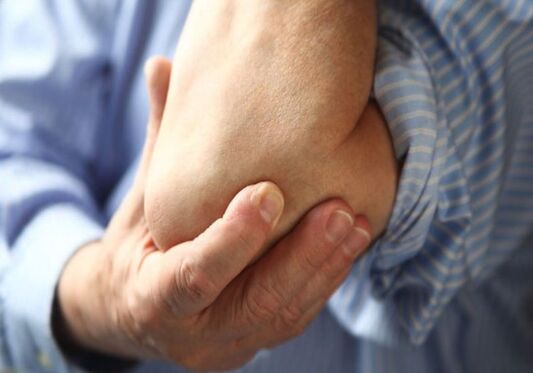
In addition to these three degrees of pathology development, there is a final phase - irrevocable destruction of all common tissues. At this stage, it is impossible not only to conduct productive therapy, but even to remove pain syndrome.
The paired process usually starts with another degree of damage, in rare cases, in the absence of medical intervention - in the first phase. It is then becoming more difficult to stop, and this can lead to secondary pathology, the development of pathogenic microflora at the location of the localization of the disease.
In order to exempt serious consequences, treatment should start from the first degree and the use of intensive care methods. In the last stage associated with the full destruction of cartilage tissue, only one methodology for riding a patient from pain and real estate of joints - endoprosthik with complete or partial replacement of the joint components.
Causes of disease
Reasons can be primary and secondary factors. In older people, the disease can occur with mixed etiology, ie in the presence of primary and secondary causes. Their complex event deteriorates the flow of arthrosis and reduces recovery dynamics.
The main cause of most types of this pathology is a violation of metabolism. Changed metabolic processes lead to morphological irregularities in cartilage and synmic fluid. As a result, changes relate to the entire connection and are often accompanied by the origin of inflammatory local Žarica.
In addition to metabolic pathology, causes of joint arthrosis are:
- Traumatic damage to individual tissues or whole wrist. This includes dislocations, fractures, ligaments, meniscus ruptures, penetrating wound. This reason is more common in people involved in sports or whose activities are associated with hazardous working conditions and physical effort;
- The inflammatory process is a factor often acting as a secondary reason. Inflammation is usually developed in patients who suffer from gout, psoriasis, rheumatic abnormalities, autoimmune pathology. Joint compounds are subject to patients in the phase of deterioration of infectious diseases, including tuberculosis, chlamydia, staphylococci and other infectious diseases;
- Consequences of exacerbated form of respiratory diseases - Grip, acute respiratory viral infections, acute respiratory infections;
- Increased body weight of the patient - with a disproportioned load on the joints of its tissues, constant mechanical effects suffer, leading to morphological deviations and destruction of the cartilage structure;
- Excessive hypothermia leading to destruction of cartilage tissue integrity and loss of the structure of the sinue fluid;
- Thyroid disease.
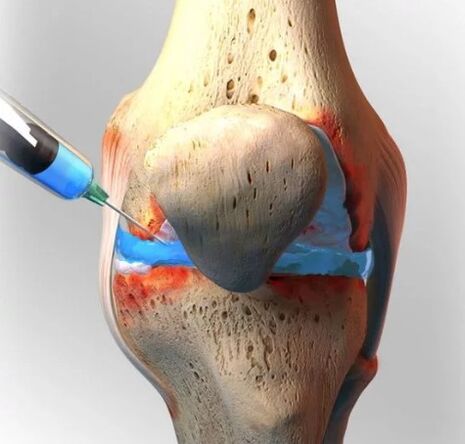
A separate place in the etiology of arthrosis is a genetic factor. It is a genetic anomalia that can cause a dysplasia of common tissues and disorder of the physiological functions of collagen fiber, responsible for the flexibility and mobility of the wrist.
At the same time, other simultaneous factors are the reasons for the development of this pathology: the unworthiness of vitamins, intoxications due to lucrative products or excessive drug overdoses, pathological blood flow and blood flow and diseases of contagious origin.
Mechanism for promotion of diseases
When any of the causes that cause a disease of the joint with arthrosis, pathological processes are beginning to develop in it. The mechanism of their advancement is not fully studied, but the main phases of official medicine are known.
In the initial phase of the structure of cartilage tissues and abnormal changes in the synmic liquid. All this income due to violating metabolic processes in which common tissues do not receive the necessary components in sufficient quantities or are deprived of some of them.
Then the elasticity of collagen and the flexibility of cartilage, due to the fact that in the body, with the lack of nutrients, hyaluronic acid there is no time to make, which provides softness and flexibility of the structural composition of collagen fibers. The cartilage is gradually dried, becomes fragile and crack. The liquid in the synovial capsule is gradually exhausted and subsequently disappears completely.
The roughness, solid bone neoplasms are formed on the cartilage fabric. At the same time, the deformation of another common tissue is developed, their pathological degeneration, dystrophy and loss of physiological activity.
For the patient, this change means the appearance of pain, chromost and real estate of the wrist.
Symptoms of arthrosis
The signs of the arthrosis of joints appear from the first degree, although sometimes they are not so spoken. Characteristic phenomena for all phases of arthrosis are:
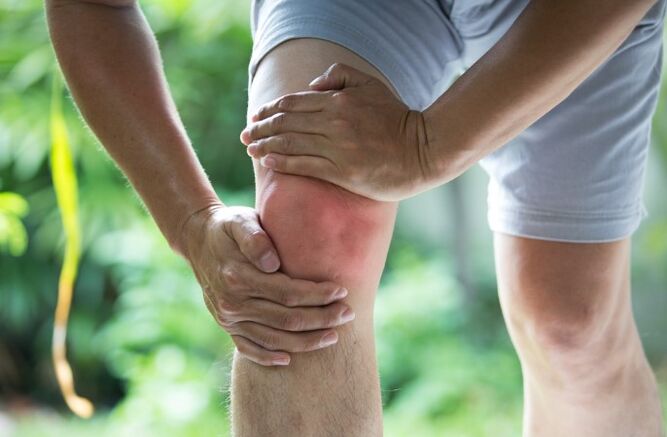
- pain syndrome;
- Crispy sounds when moving;
- inactivity or complete decline in common mobility;
- swelling;
- Wrist conformation.
Pain
Pain usually occurs during the movement. With intensive physical effort, a painful sensation intensifies and acquire a persistent trend. With all kinds of arthrosis, any place of their localization, the pain is sharp.
In the initial phase, the pain is poorly expressed, they appear more often in the day. It is usually pain short -tarm and is put in rest. In chronic form and with intense advancement of acute pain form, the manifesting syndrome more often, has an increased period of manifestation, often torturing even at rest at night.

















































